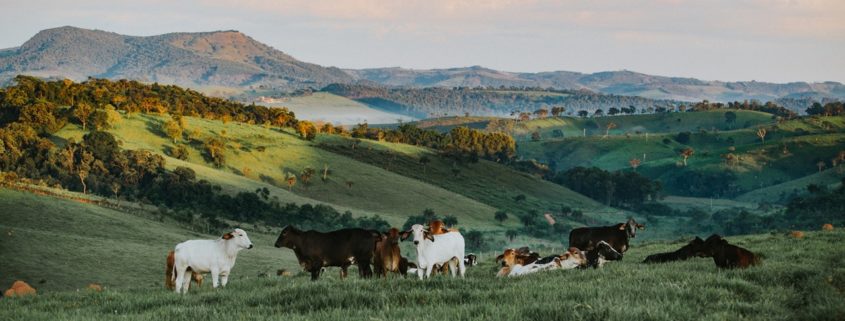The Green New Deal Wants Farmers to Restore the Land, Not Keep Wrecking It
By the time California rancher Doniga Markegard picks up the phone around lunchtime, she has already moved the chickens, fed the chickens, fed the pigs, cared for a new litter of 11 piglets, moved the sheep, tended to the horses, milked the cow, and completed a business advising session about the future of her family’s 10,000-acre operation. Overall, a pretty typical Monday.
“We’re good at working with the land and working with the animals, but then all of a sudden you have to add marketing and sales and inventory management,” says Markegard. Based 50 miles south of San Francisco in Half Moon Bay, Markegard and her family produce grass-fed beef and lamb and pastured pork and chicken for customers in the Bay Area. If they operated in a more traditional way, they would specialize in a single product and plug neatly into the industrial agriculture system. Instead, in order to break even, they have to run the equivalent of a consumer-facing small business with a farm attached.
“We’d love to just be out on the land with the livestock, doing what we do, but that’s not practical when you really want to be fully regenerative,” she says.
Regenerative agriculture might sound at first like a subtle variation on organic. But if the term “organic” highlights what’s absent—no chemical fertilizers, no pesticides—”regenerative” goes a step further, advocating for practices like adaptive multi-paddock grazing, in which ruminants like cows and sheep are slowly rotated across a property, so they graze on and fertilize one section of the farm at a time while allowing the rest to naturally regrow and replenish. Methods like this require more hands-on planning involvement from the farmers, but they’ve been found to restore soil health, capture carbon, and help ranches thrive over the long term.

